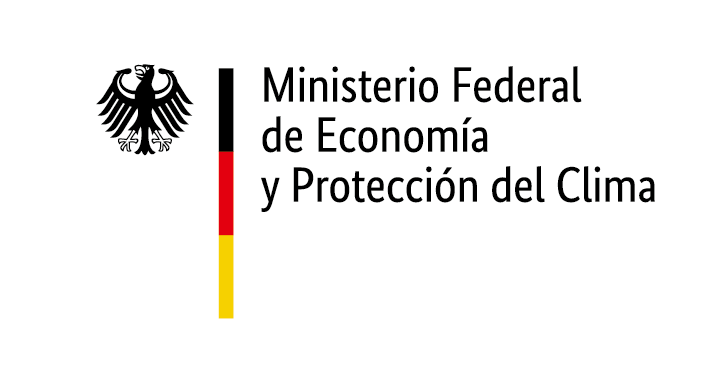Project:
Reduction of emissions using combined heat and power plants in Chile’s commercial and industrial sectors.
Principal:
Federal Ministry for the Environment, Nature Conservation and Nuclear Safety (BMU).
Country:
Chile
Partner:
Chilean Ministry of Energy, Chilean Agency for Sustainable Energy Agencia SE
Duration:
2017 – 2021
Context and background
Approximately 53% of Chile’s electrical usage comes from fossil fuels, primarily imported coal. While these fuels undoubtedly release large amounts of harmful greenhouse gases, Chile is intrinsically dependent on fossil fuel imports for energy. In total, the energy sector accounts for approximately 78% of Chile’s CO2 emissions.
Combined heat and power generation is a possibility for efficient energy and heat generation and can thus contribute to a reduction in CO2 emissions. So far, there has been little widespread use, especially in attractive industrial and commercial applications.
According to an initial potential analysis by AgenciaSE in 2010, the potential for CHP plants in Chile’s industrial sector (excluding mining and trade) is around 875 MW. The total potential for the industry, including mining and trade, is assumed to be around 2 GW. This would correspond to an annual energy production of approx. 18 TWh (electricity and heat), which would be the equivalent to a supply of approx. 3.5 millions 4-person households. This could save around 4.2 millions tonnes of CO2 per year.

Approximately 53% of Chile’s electrical usage comes from fossil fuels, primarily imported coal. While these fuels undoubtedly release large amounts of harmful greenhouse gases, Chile is intrinsically dependent on fossil fuel imports for energy. In total, the energy sector accounts for approximately 78% of Chile’s CO2 emissions.
Combined heat and power generation is a possibility for efficient energy and heat generation and can thus contribute to a reduction in CO2 emissions. So far, there has been little widespread use, especially in attractive industrial and commercial applications.
According to an initial potential analysis by AgenciaSE in 2010, the potential for CHP plants in Chile’s industrial sector (excluding mining and trade) is around 875 MW. The total potential for the industry, including mining and trade, is assumed to be around 2 GW. This would correspond to an annual energy production of approx. 18 TWh (electricity and heat), which would be the equivalent to a supply of approx. 3.5 millions 4-person households. This could save around 4.2 millions tonnes of CO2 per year.
CHP plants have been used in Europe and the USA for many years due to their effective fuel utilisation, high performance, and environmental friendliness. In Germany, for example, a law was passed introducing CHP technology. This means that CHP technology is intended, among other things, to supplement the fluctuating generation of electricity from renewable energies, to promote the expansion of sustainable use of heat and cooling energy, and to support the use of micro CHP. The experience gained in Germany and the USA now serves as a basis for spreading the use of combined heat and power plants in Chile, with a focus on small and medium-sized plants in industry and commerce. This will help to improve the efficiency of energy utilisation and thus reduce GHG emissions.
Initially a detailed analysis of the operational experiences of the existing cogeneration plants in Chile will be carried out. The results derived from this analysis will serve as a direct basis for updating existing legal texts, ordinances and construction standards. In addition, an analysis of existing CHP regulations in other countries will be carried out. The aim is to shed light on and adapt the applicability of this regulation for the Chilean market.
The Chilean Ministry and its downstream institutions will be continually updated on further developments regarding the legal framework for Combined Heat and Power plants. This activity also includes the development of a possible support programme. Furthermore, investments will ensure constant development of the market.
The analysis of existing CHP plants by the Ministry of Energy, AgenciaSE and SEC has been successfully completed. The results were directly incorporated into updates of legal texts, ordinances and construction standards. In addition, national and international consultants were consulted to examine the applicability of the international regulations on CHP for the Chilean market.
CHP technology was also positioned as an important component in the National Climate Strategy 2017.
In the course of the project, co-/tri-generation and district heating projects could also be designed to counteract the high level of air pollution, especially in the south of the country.
Advanced training courses at universities and industry associations, conference contributions, are expected to further drive successful dissemination of this technology in Chile. Consequently, environmental pollution will approve on one hand, as well as a significant reduction in greenhouse gas emissions.

